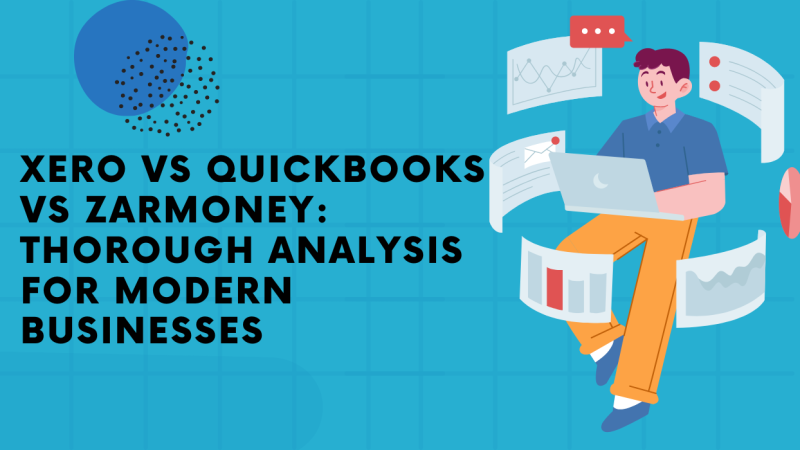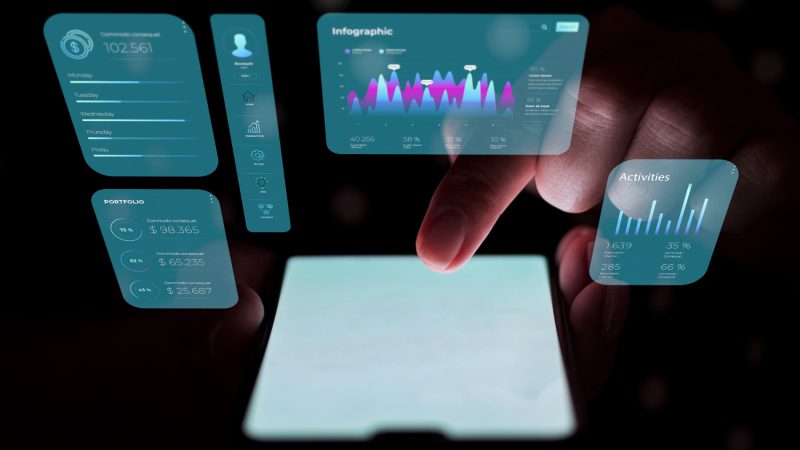How To Manage Your Small Business’s Digital Transformation In 3 Steps!

One of the most positive trends that has come out of the global pandemic is the move to business decentralization. Brick and mortar offices in one specific geographic location are almost an anachronism, as businesses realize they don’t need to spend thousands a month in leased office space.
If you’re a small business, spending $3k a month renting out a small location downtown may not even be worth it.
All you really need is a product, resources for marketing, resources for distribution, and an internet connection.
In fact, with eCommerce platforms streamlining on-demand product production, you may not even need distribution funds.
As an example, if you publish a book through a modern self-publishing agency most buyers will get a digital copy. Those who want a print copy can have one made on-demand and shipped to them.The printers take half the profit, you get the other half, and the complication of printing and production is substantively reduced.
The larger the operation, the more you’ll want to take a closer hand in such distribution, printing, and shipping decisions. Every business will be different. The point is, on-site operations aren’t nearly as integral as they were prior to the lockdown and social distancing.
Accordingly, how do you digitally transform? We’ll explore that in three steps.
-
Understand What You’re Doing, Why, And Best Practices
One thing that’s very important, before you get too deep into making the digital “switch”, is getting your head around what digital transformation is in the first place.
In a nutshell, digital transformation is a financial model, a value proposition, capability enhancement, and strategy built around more efficiently engaging customers.
Through modern technological tools, you can cut costs, provide more value for clientele as well as personnel through convenience on the “business” end of things via decentralization, become more visible to more target demographics in more markets owing to the web’s global reach, and design outreach to target precise customers.
Data is the currency of modernity, and it exists in abundance online. You can figure out precisely who is buying from you, why, and how best to serve them. Getting consultation through agencies which assist in the transition certainly makes sense, but it will be discretion which informs your choice here.
A one-man operation that involves selling merchandise like CDs or T-shirts may be flexible enough you can kind of wing it. If you’re responsible for ten employees, it’s worth investing in consultation to avoid losing money during the learning process as you make the switch.
-
Ease Into The Transition Giving Yourself A Margin For Error

Even if you’re following all the expert advice, there are going to be hiccups as you transition. Accordingly, set up your eCommerce website and put together some marketing, but don’t quit selling at your brick-and-mortar location just yet. Watch returns, assure shipping is working as advertised in terms of product safety and timeframe—you get the idea.
As Murphy’s Law states, if it can happen, it will. Mistakes will be made; the question isn’t “if”, it’s “when”, and “how bad”? Many businesses aren’t actually selling goods, they’re selling services—like consultation. Maybe for you, the digital switch isn’t so much about shipping or marketing, it’s about serving customers remotely through Zoom.
Now maybe one of your best employees thinks they understand the platform well enough to put up a green screen and go to the bathroom, only their dog knocks it over, reveals the charade, and irritates the client that was conversing with them so bad, you lose that client. So now you need to develop new company protocols for at-home interaction.
Maybe you’re selling services like content edition, content creation, or some other similar digital service online like mirror sites. Maybe it’s hard to get in touch with those who produce for you. These are problems you’ll have to figure out as you get the digital ball rolling. So give yourself a wide margin for error as a means of most efficiently handling unexpected operational impediments.
-
Learn From Competitors, Diversify, Contract
Competitors are going to make the same mistakes you do, and they’re going to do some things better. Note both instances, and learn from them. If you’re both making mistakes, figure out what you have in common and fix that. If they’re doing something better, learn what that is and appropriate it in a way that’s legal.
Diversify what you do as a means of protecting profitability. If one stream of revenue dries up, you’ve got another. To that end, it’s worth “contracting” operations so that things which aren’t strictly necessary are no longer a financial pull. With any transition, this is a wise move.
Most Efficiently Making The Digital Switch
Contracting as necessary, diversifying, learning from competitors, easing into the transition with a large margin for error, and fully understanding what digital transformation is for your company represent some of the best moves you can make when upgrading operational protocols.
COVID-19 is here—but the silver lining is: things like decentralization can actually be more efficient, when properly applied to operations. So though it may be complicated, in the end, it could end up helping your business collaterally.






